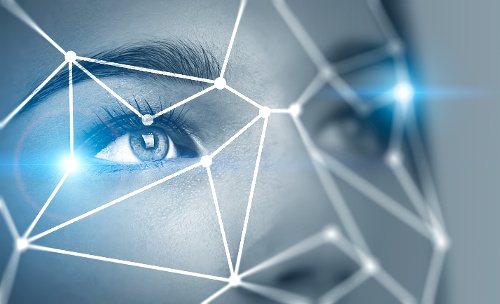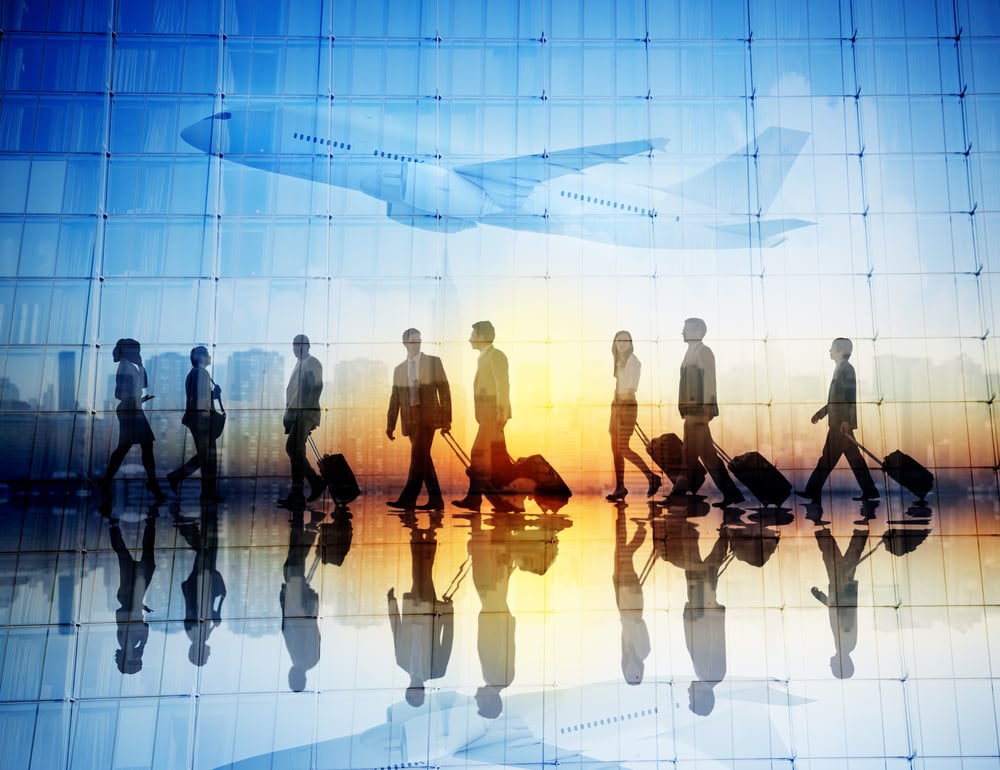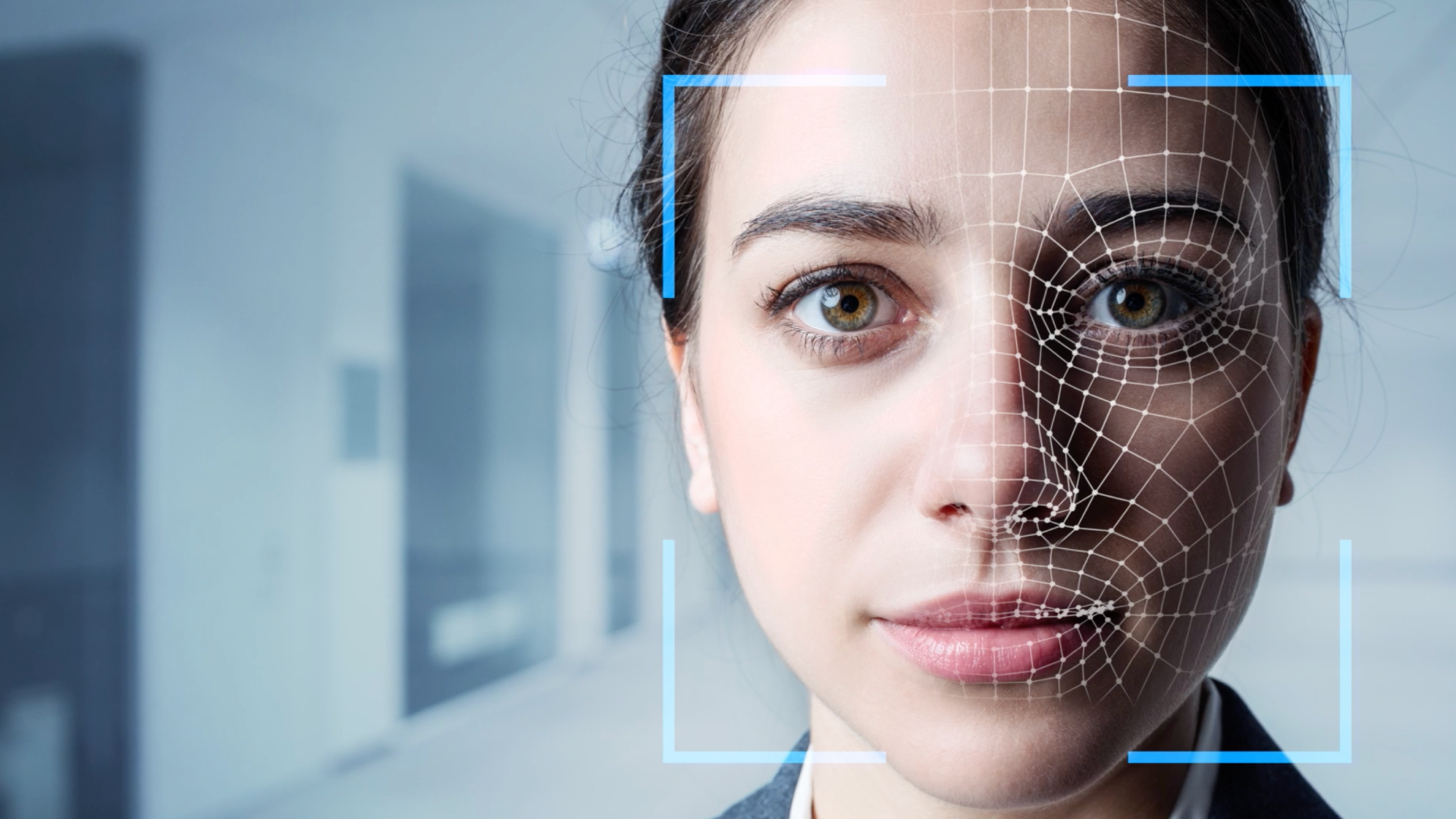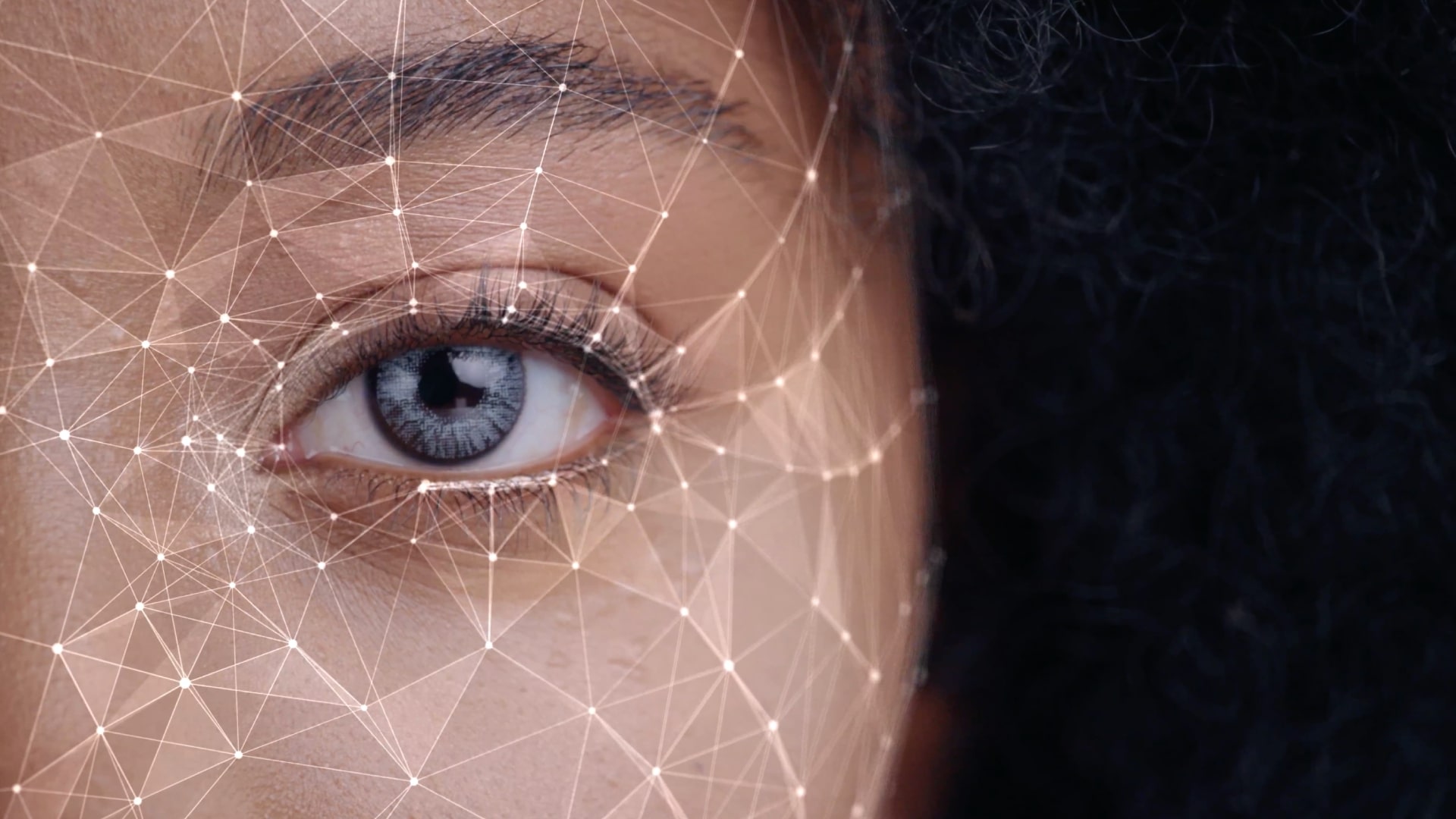How do travellers feel about biometric facial recognition technologies while travelling?

Living in both the Digital and COVID eras, people are increasingly using more digital services to make their lives easier and safer with Biometric Facial Recognition and Contactless Technologies being no exception.
For travellers, biometric facial recognition and its related technologies help in facilitating frictionless travel experiences, in which passengers can spend less time in queues and more in airport services and amenities. Data-driven personalisation is possible by the collection and analysis of traveller knowledge within the biometric facial recognition ecosystem and enables Airports, Airlines, and Border Forces to provide customised travel journeys that can increase passenger satisfaction and loyalty to the stakeholders in the air travel industry.
However, traveller sentiment regarding biometric facial recognition goes beyond a desire for speed, convenience, and seamless travel experiences. To get a full picture, and to determine how best to implement biometric facial recognition technologies for the mutual benefit of themselves and the travelling public, Airports, Airlines, and Border Forces need to understand what the traveller sentiment really is when they “hear” about biometrics and Facial Recognition.
According to the 2021 Global Passenger Survey conducted by the International Air Transport Association (IATA), passengers are prepared to use identification based on biometric facial recognition, if it will speed up and smooth out their travel processes. Of the 13,579 participant responses to the survey from 186 countries, 73% of passengers say that they are willing to share their biometric data to improve airport processes (up from 46% in 2019).
It should be noted that only 36% of these respondents have experienced the use of biometric facial recognition while travelling. Of that proportion, 86% were satisfied with the experience. However, more than half of the respondents (56%) say that they have concerns about data breaches. Passengers in the survey also want clarity on who their data is being shared with (52%) and how it is used or processed (51%).
What Biometric Facial Recognition Brings to the Table
Biometric facial recognition relies on a unique personal trait -- an individual’s face -- that, according to the National Institute for Standards and Technology (NIST), provides greater identification accuracy than other biometrics such as fingerprints or scanning the iris of the human eye. Biometric facial recognition systems can pick out an individual’s face if it is in shadow, turned at an angle, or even if the person is wearing some form of mask or head covering.
Coupled with a digital identity management system that provides interoperability between Airports, Airlines, Border Forces and other stakeholders in the air travel ecosystem, biometric facial recognition makes it possible to create a unique biometric key for every passenger, which is connected to that individual’s face. This allows for the connection of multiple touchpoints, each of which may be cleared by scanning and verification of the passenger’s face alone. When talking about biometrics within travel scope, identity management challenge comes “naturally attached”. IATA One ID initiative aims to work exactly on common-use standards and ensure that passengers’ biometric data can be applied across several jurisdictions and exchanged throughout travel journey respecting privacy and protection of their data. Hence, friction is minimised or eliminated throughout the airport, increasing passenger throughput at all stages of the journey, and providing the passengers with more enjoyable and seamless travel experiences.
Biometric facial recognition effectively eliminates the need for additional forms of physical identification, such as paper-based passports, boarding passes, and tickets, as the information typically associated with these documents can be digitally tagged to the biometric key. For Airlines, Airports, and Border Forces, this reduces the obligation to dedicate human talent to manually checking individual items, leading to operational efficiency and resources optimisation. Using biometric facial recognition technology gives stakeholders the ability to reserve manual inspection and physical contact activities only for those instances where red flags in the system or special circumstances demand human intervention. Therefore, the traveller experience is enhanced through the reduction in stress and the increase and speed made possible with biometric facial recognition.
Reducing the number of physical contact points by using biometric facial recognition enables Airports, Airlines, and Border Forces to reduce the possible spread of COVID-19 and other pathogens in the airport environment, hence reducing the risk. Making the traveller experience smooth and stress-free by reducing the time spent in queues and spot checks increases operational efficiency for these stakeholders and promotes the free movement of passengers through other parts of the airport. This has positive impacts on generating revenue, as passengers have the liberty to explore the amenities inside the airport, such as retail spaces, restaurants, lounges, and concessions.
Within those revenue-generating spaces, biometric facial recognition can also play a role. For example, each passenger’s biometric key could contain a record of their past transactions with specific retailers, personal preferences regarding goods and services, or details of their loyalty status with specific brands. This kind of information can be used to trigger special offers and personalisation that contribute to enhancing the traveller experience.
What These Attitudes to Biometric Facial Recognition Mean for Air Travel Stakeholders
It is of primary importance for Airports, Airlines, and Border Forces to understand how the traveller sentiment really is when they “hear” about biometrics and Facial Recognition. To create truly seamless travel experiences for today’s connected travellers, stakeholders must take traveller knowledge and traveller experience technologies into account -- and plan their implementation strategies accordingly.
For example, data privacy is of great concern to many passengers, when it comes to the deployment of biometric facial recognition technology. According to IATA Global passenger survey 2021, +50% are concerned about data breaches, to whom is passenger data is shared to with and how data is being handled or stored.
Consequently, Vision-Box is addressing their concerns by delivering a multi-stakeholder digital identity management platform, Seamless Journey Platform, privacy-by-design certified by MSCEB in every aspect of its deployment, making information protection a core component strategy. This approach allows the individual traveller to deny access to certain information, thereby keeping data securely stored and compartmentalised. By having more control over what information is shared, the individual is more aware of which information is being collected, who is collecting it, and where it will be used and stored. Taking this into account, the passenger always retains ownership of all their personal data in the deployment of biometric facial recognition technologies, as well as throughout the travel journey. They can opt-in to specific use cases to which their data can be used. According to IATA Global travel survey 2021, +70% of travellers want to track his baggage and are more likely to check-in more if tracking is available. For that purpose, permission to use biometrics and anchor to digital ID is a key element to respond to this specific baggage challenge. Again, for us, traveller is at the core of everything what we do.
Ultimately, passengers today are demanding frictionless, seamless travel experiences and customised travel journeys, in which they spend less time in queues and more in airport services and amenities. Biometric facial recognition technology is a key contributor in facilitating this situation. However, to best establish how to deploy and manage biometric facial recognition systems, Airlines, Airports, and Border Forces must fully understand the implications of traveller sentiment regarding this technology and establish a common and trustable layer of passenger data exchange so the travel journey from kerb-to-gate can be entirely seamless.
Publish date: April 2022







